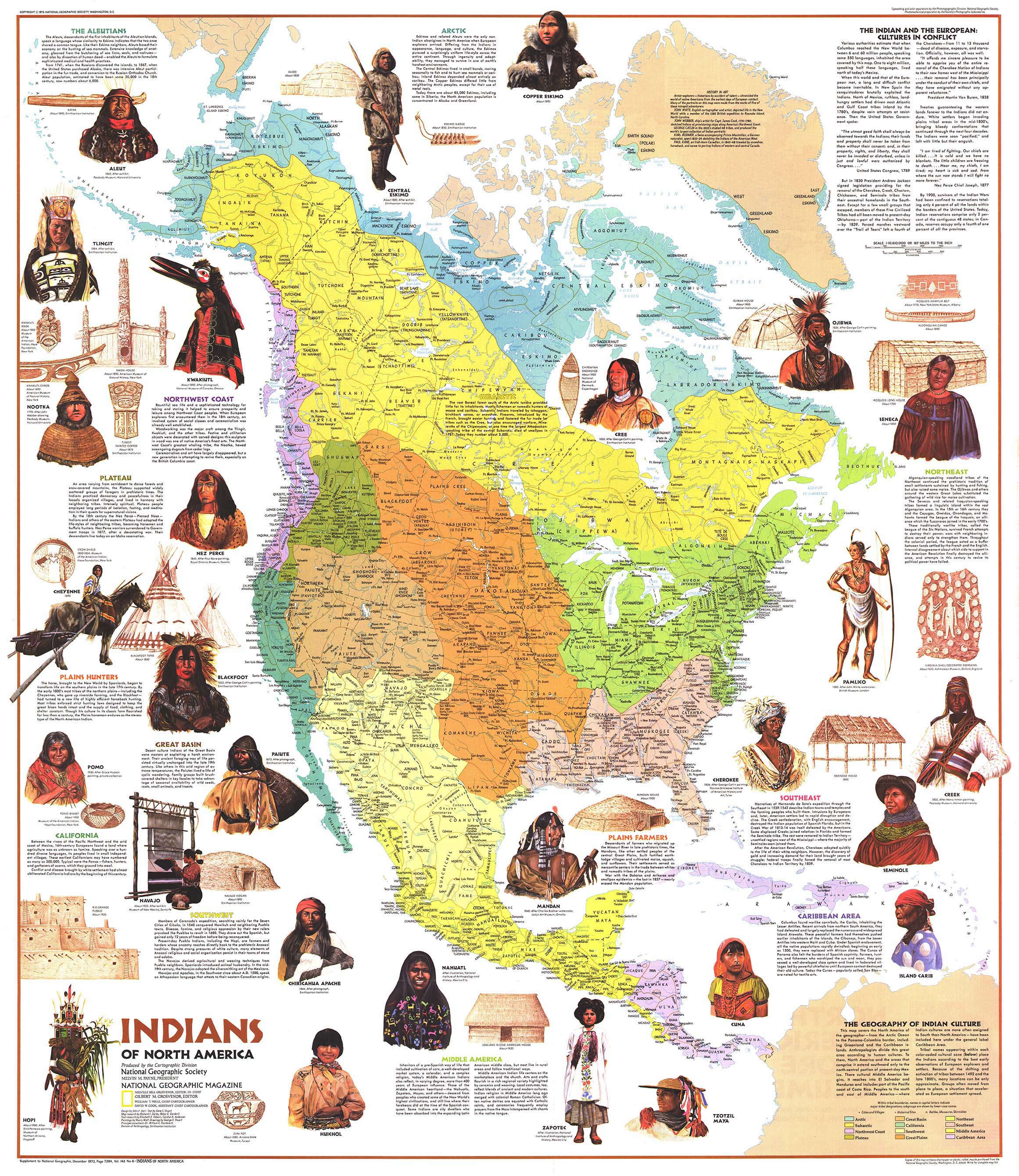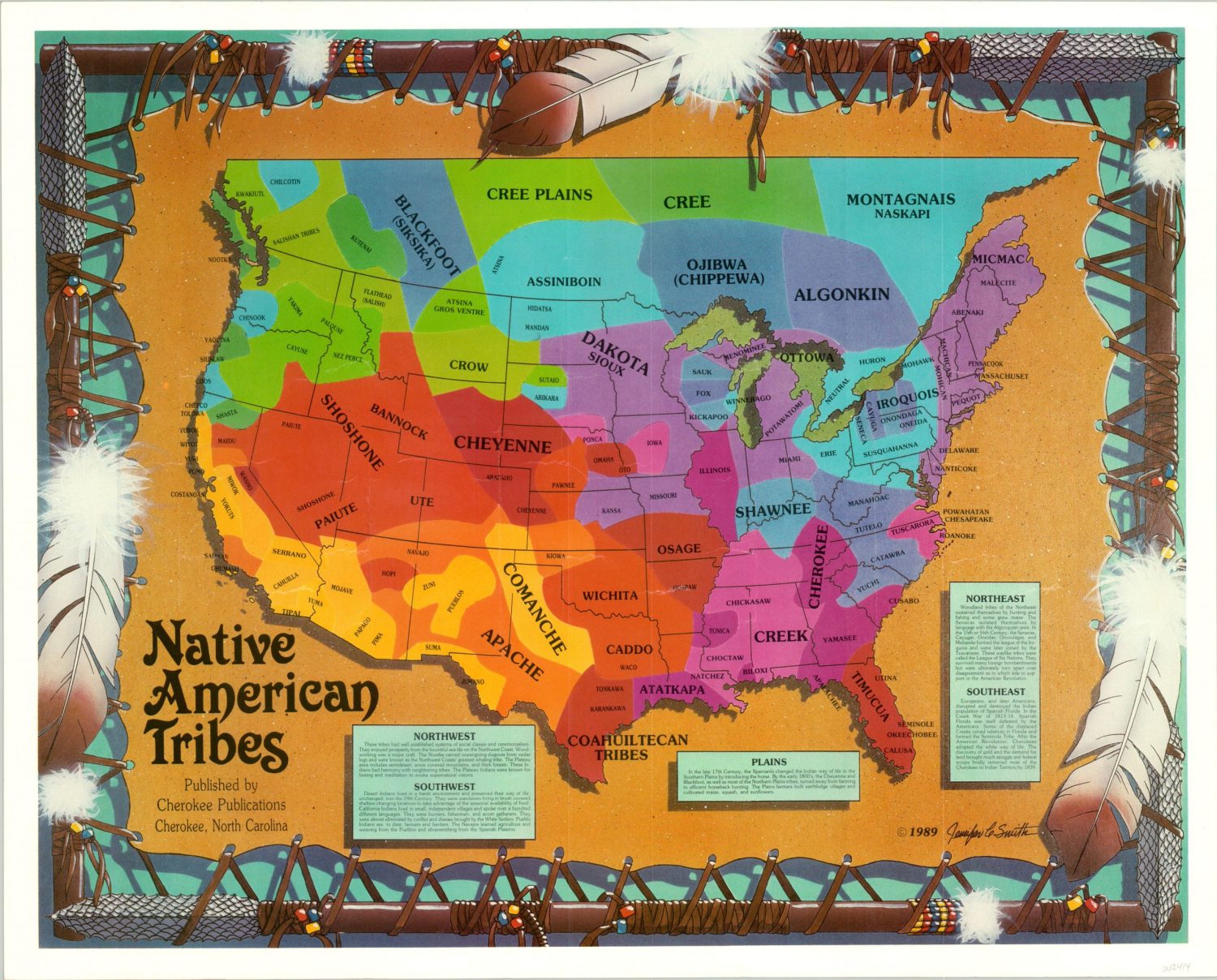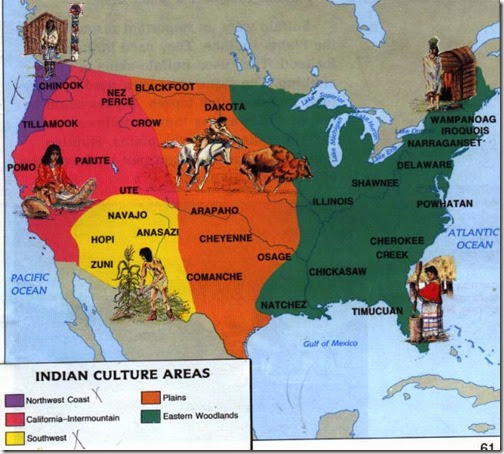A Tapestry of Cultures: Exploring the Diverse Native American Tribes of North America
A Tapestry of Cultures: Exploring the Diverse Native American Tribes of North America

North America, a land of vast landscapes and rich history, is also home to a vibrant tapestry of diverse cultures – the Native American tribes. For millennia, these indigenous peoples have thrived on this continent, developing unique traditions, languages, and ways of life that have shaped the very fabric of the land. Understanding their history, resilience, and cultural richness is essential for appreciating the true story of North America.
This article delves into the fascinating world of Native American tribes, exploring their diverse cultural expressions, historical struggles, and ongoing efforts to preserve their heritage. We’ll navigate through the vast expanse of the continent, from the icy plains of the Arctic to the sun-drenched deserts of the Southwest, uncovering the stories of these extraordinary peoples.
Related Articles: A Tapestry of Cultures: Exploring the Diverse Native American Tribes of North America
- Unveiling the Majestic 6 Grandfathers Mountain: A Natural Wonder!
- Native vs. Indigenous: Unraveling the Threads of Cultural Identity
- Unveiling the Enchanting Legacy: Chippewa Tribe Sculptures
- Iroquois Climate: Nature’s Secret to Flourishing | Unlocking the Perfection
- Unveiling the Sports Legacy: A Journey for True Fans
A Land of Many Nations
The term "Native American" encompasses a vast spectrum of distinct tribes, each with its own unique identity and history. It’s crucial to acknowledge that "Native American" is a broad term, and the specific name of a tribe should always be used when possible.
The United States recognizes 574 federally recognized tribes, while Canada acknowledges 634 First Nations, Inuit, and Métis communities. These tribes are scattered across the continent, each adapted to the specific environment they inhabit.
Cultural Diversity: A Tapestry of Traditions
One of the most striking aspects of Native American cultures is their incredible diversity. From language to art, to spiritual beliefs and social structures, each tribe holds a unique place within the broader tapestry of Native American culture.
Language: The Heart of a Culture
Language is the lifeblood of any culture, and Native American languages are no exception. The continent once echoed with hundreds of distinct languages, each representing a unique worldview and cultural understanding. While many languages are endangered, efforts are underway to revitalize and preserve them.
Art: Expressions of Spirit and Identity

Native American art is a vibrant expression of cultural identity and spirituality. From intricate beadwork and pottery to powerful totem poles and stunning sand paintings, these art forms reflect the deep connection to the natural world and the stories passed down through generations.
Spiritual Beliefs: Harmony with Nature
Native American spiritual beliefs are deeply rooted in a reverence for the natural world. The concept of interconnectedness between all living things is central to many tribes’ cosmologies, fostering a deep respect for the land and its resources.
Social Structures: Governance and Community
Native American societies have developed complex social structures that emphasize community, cooperation, and respect for elders. Traditional governance systems often operate alongside modern political structures, reflecting the resilience of cultural traditions.

A History of Resilience and Resistance
The history of Native American tribes is a story of resilience and resistance in the face of immense challenges. From the arrival of European colonists to the forced assimilation policies of the 19th and 20th centuries, Native American tribes have faced systematic oppression and violence.
Colonial Encounters and the Impact of Disease
The arrival of European colonists brought devastating consequences for many Native American tribes. The introduction of new diseases, such as smallpox and measles, decimated populations, while land seizures and forced displacement further disrupted traditional ways of life.
Resistance and Rebellion

Despite the immense challenges, Native American tribes fought back against colonial encroachment. From the Pequot War to the Wounded Knee Massacre, resistance movements emerged throughout the continent, demonstrating the unwavering spirit of these indigenous peoples.
Forced Assimilation and the Loss of Identity
During the 19th and 20th centuries, the United States government implemented policies aimed at forcibly assimilating Native Americans into mainstream society. Children were removed from their families and placed in boarding schools, where they were forbidden from speaking their native languages and practicing their traditions.
The Fight for Self-Determination
In recent decades, Native American tribes have fought for self-determination and the right to govern their own affairs. The Indian Reorganization Act of 1934 marked a turning point, granting tribes greater autonomy and control over their lands and resources.
Preserving Culture and Language
Preserving Native American cultures and languages remains a critical priority for tribes today. Community-based language programs, cultural centers, and museums are playing a vital role in revitalizing and sharing traditional knowledge with future generations.
Contemporary Issues Facing Native American Tribes
Despite progress in self-determination, Native American tribes continue to face significant challenges in the 21st century. Issues such as poverty, lack of access to healthcare and education, and environmental degradation continue to impact their communities.
The Fight for Land Rights
The fight for land rights remains a central issue for many tribes. The ongoing struggle to protect sacred sites, ancestral lands, and treaty rights highlights the ongoing impact of colonization and the importance of tribal sovereignty.
Economic Development and Self-Sufficiency
Economic development and self-sufficiency are key priorities for many tribes. From gaming operations to cultural tourism and sustainable agriculture, tribes are seeking to create opportunities for economic growth and self-determination.
The Importance of Understanding and Respect
Understanding and respecting the diverse cultures and histories of Native American tribes is essential for fostering a more just and equitable society. By recognizing their contributions to the fabric of North America and supporting their ongoing efforts to preserve their heritage, we can work towards a future where all cultures are valued and respected.
Conclusion
The Native American tribes of North America represent a rich tapestry of cultures, languages, and traditions that have shaped the continent for millennia. Their resilience, resistance, and ongoing efforts to preserve their heritage are a testament to the enduring spirit of these indigenous peoples. By understanding their history, acknowledging their struggles, and supporting their efforts to reclaim their rightful place in society, we can work towards a future where all cultures are valued and respected.
FAQs About Native American Tribes of North America
1. What is the difference between "Native American" and "Indian"?
"Native American" is a more inclusive term that encompasses all indigenous peoples of the Americas, while "Indian" is a term that originated from the mistaken belief that Christopher Columbus had landed in India. While "Indian" is still used by some, it is considered outdated and inaccurate by many Native Americans.
2. How many Native American tribes are there in the United States?
The United States government recognizes 574 federally recognized tribes.
3. What are some of the most well-known Native American tribes?
Some of the most well-known Native American tribes include the Cherokee, Navajo, Apache, Lakota, Iroquois, and Hopi.
4. What are some of the challenges facing Native American tribes today?
Contemporary challenges facing Native American tribes include poverty, lack of access to healthcare and education, environmental degradation, and the ongoing fight for land rights.
5. How can I learn more about Native American culture and history?
There are many resources available to learn more about Native American culture and history. Visit local museums, attend cultural events, read books and articles by Native American authors, and support organizations working to preserve and revitalize Native American cultures.

Closure
Thus, we hope this article has provided valuable insights into A Tapestry of Cultures: Exploring the Diverse Native American Tribes of North America. We appreciate your attention to our article. See you in our next article!